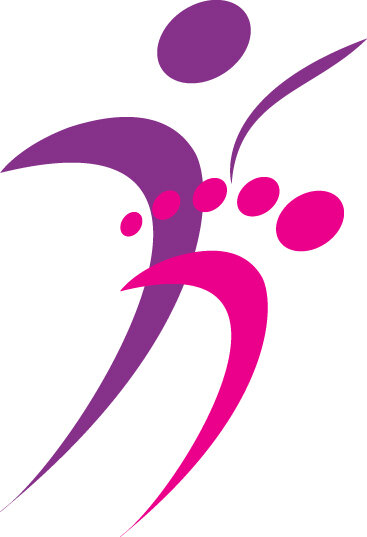My Healing Journey
Thank you to Crazy Wisdom:
Thank you to Crazy Wisdom for giving me the opportunity to write an article and share my healing journey.
Imagine following a choreographed sequence of movements that are designed to be both fun and challenging with emphasis on pleasure rather than perfection, where students are encouraged to modify the movements to suit their own needs and abilities.
The Nia technique is a somatic movement practice that combines dance, martial arts, and healing arts to promote holistic fitness and well-being. Developed by Debbie Rosas and Carlos AyaRosas in the 1980s, Nia is based on the belief that movement is medicine and that the body's innate wisdom holds the key to healing and vitality.
The practice incorporates elements of jazz dance, modern dance, and Duncan dance, as well as Tai Chi, Tae Kwon Do, and Aikido. Nia also draws on principles from the Feldenkrais Method, Yoga, and Alexander Technique to promote awareness, relaxation, and self-healing.
One of the key principles of Nia is the concept of "the Joy of Movement." Rather than seeing exercise as a chore or a means to an end, Nia encourages participants to find pleasure in the act of moving their bodies. This can be a powerful antidote to the stress and anxiety of modern life, and can help to promote a sense of inner peace and well-being.
I discovered Nia about 20 years ago after an exhaustive search for an exercise routine I could do following an extensive surgery to remove cancer that had eaten through muscle in my back and rib cage. You name the form of exercise and I probably tried it in my quest to regain health and movement. When I found Nia, I truly got her life back. I am virtually pain free, with much of the scar tissue, both internally and externally, alleviated. In many ways, I believe I am moving better now than I was before the surgery.
Another important aspect of Nia is the focus on mindfulness and awareness. By paying close attention to the sensations in the body, participants can learn to move more efficiently and effectively, reducing the risk of injury and promoting greater flexibility and strength. This increased awareness can also help to promote emotional and spiritual well-being, as students learn to tune in to their own inner wisdom and intuition.
While Nia helped me to heal physically, I also realized Nia had an incredible ability to help me mentally, emotionally and spiritually. Ask me what I did after (fill in the blank-too many injustices to name). I took Nia to the dance floor to move this trauma and oppression out of my body.
Since my initial healing, I have become a teacher and trainer of Nia and am passionate about sharing its healing potential as a somatic movement component within Embodied Social Justice (Embodied Social Justice is the study of the way our bodies are shaped and influenced within unequal societies.) For many of us who have experienced trauma in general, or are “othered” in society, overriding or numbing sensations, can become a mechanism for survival. This can leave us disconnected from a key source of life information and satisfaction. Feeling our organic aliveness through sensations and not numbing out, lets us connect with ourselves, feel what we care about and long for; build empathy and connection with others and feel what needs to be attended to, acted upon or healed.
My goal is to guide students in reclaiming their relationships with their bodies by learning the language of the body, sensations; the foundational language of living. I believe and shares with my students that when we are able to sense we are able to be at the seat of our humanity and self-liberation. When we are able to sense in ourselves that we are coded for safety, dignity and belonging, we are able to extend this birthright to others. It no longer is the privilege of just the few.
I promote Nia's full body (physical, mental, emotion and spirit) wellness movement practice as an open invitation for everyBODY to move something, heal something, feel something, to come home to the body! Nia classes are low impact on the body-high impact on the emotions and spirit.

